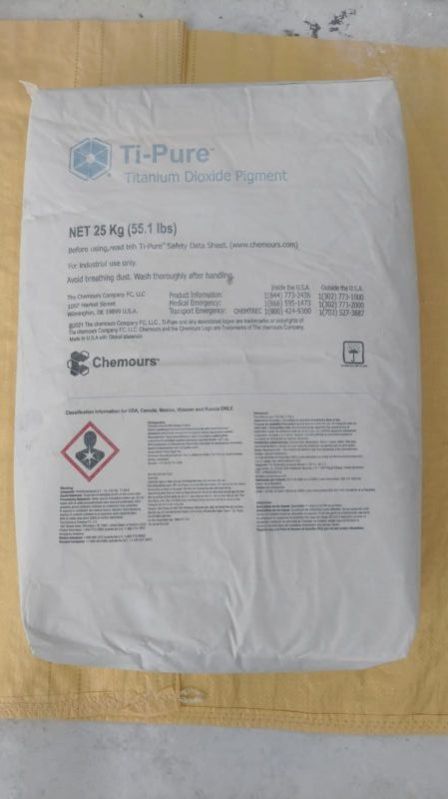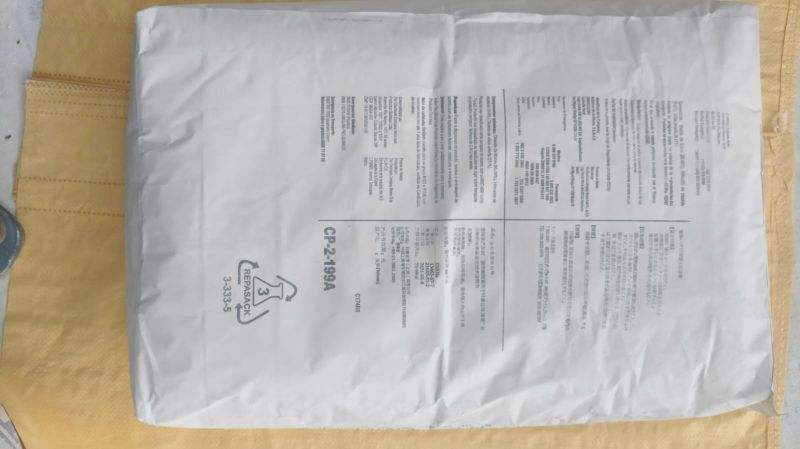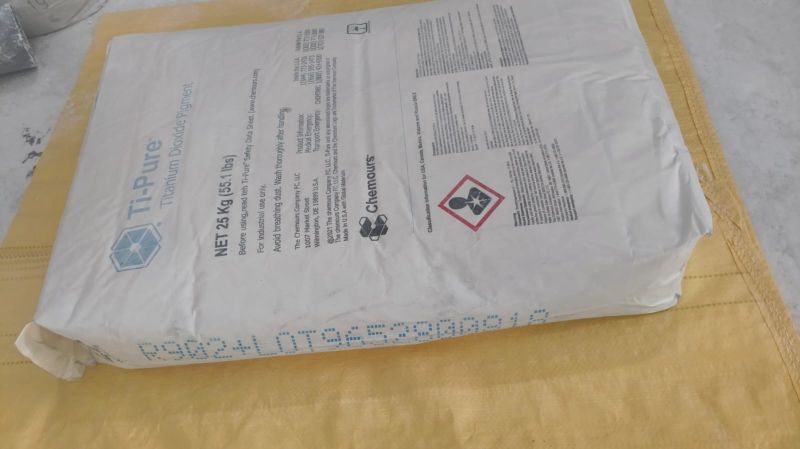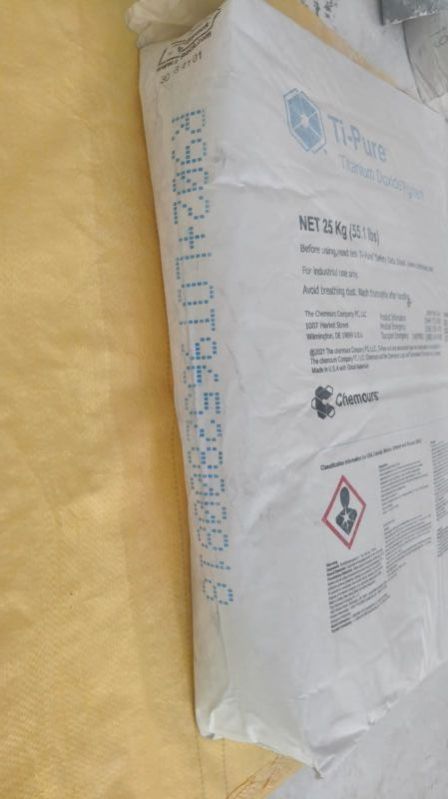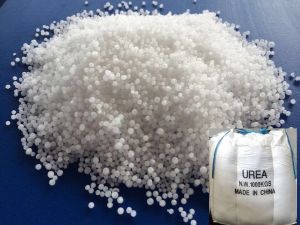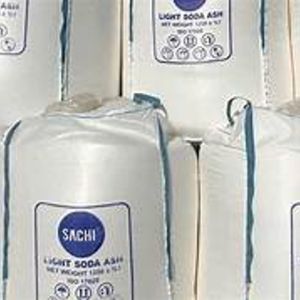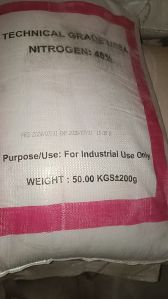| Business Type | Exporter, Supplier, Trader |
| Color | White |
| Form | Powder |
| Application | Industrial Use |
| Click to view more | |
Product Details
Rutile is a naturally occurring form of titanium dioxide (TiO2), a white, opaque, crystalline solid with a high refractive index, used as a pigment in paints, plastics, paper, and cosmetics.
Here's a more detailed breakdown of rutile titanium dioxide:
Properties:
Chemical Formula: TiO₂
Appearance: White, opaque, crystalline solid
Crystal Structure: Rutile (a specific type of crystal structure)
Refractive Index: High, making it useful for optical elements
Birefringence: Exhibits a particularly large birefringence and high dispersion
Solubility: Insoluble in water and organic solvents, but soluble in hot concentrates, sulfuric acid, and hydrofluoric acids
Density: 4.23 g/cm³
Melting Point: 1843°C
Boiling Point: 2972°C
Uses:
Pigment: Widely used as a white pigment in paints, plastics, paper, cosmetics, and other applications
Optical Elements: Used in the manufacture of certain optical elements, especially polarization optics
Ceramics: Can be used as a component in low-temperature cofired ceramics (LTCC)
Composites: Used as a filler in organic-inorganic composites
Photocatalyst: Au/rutileTiO2 can be used as a photocatalyst for selective aerobic oxidation of amines to corresponding imines
Welding Electrode Covering: Rutile is widely used as a welding electrode covering
Steels and Copper Alloys: Used in making some steels and copper alloys
Natural Occurrence:
Titanium dioxide occurs naturally as the minerals rutile and anatase
Rutile is the most common natural form of TiO₂
Production:
Rutile titanium dioxide can be produced by the chloride process or the sulfate process
Both processes produce titanium dioxide pigment in the rutile crystal form, but the sulfate process can be adjusted to produce the anatase form
Looking for "Titanium Dioxide Pigment" ?
Explore More Products


